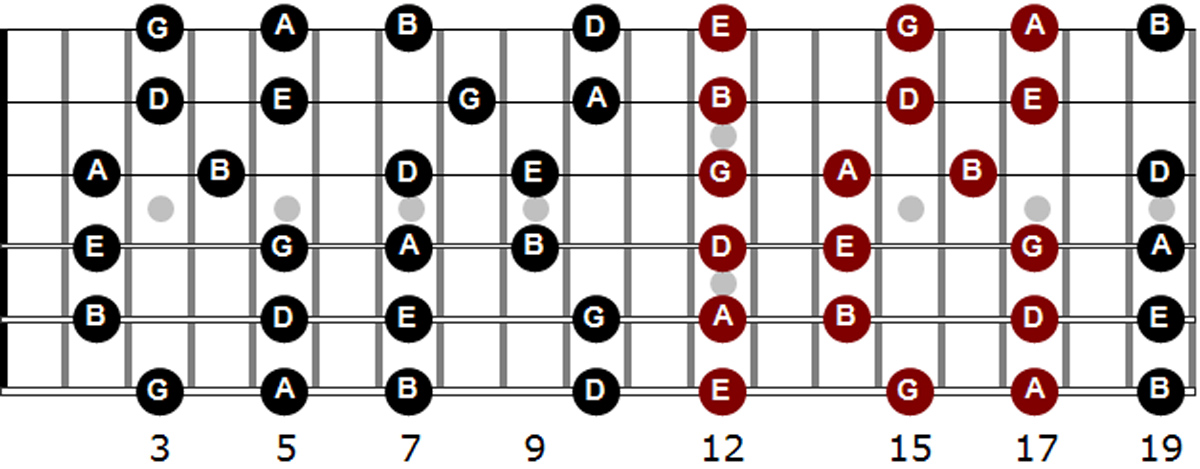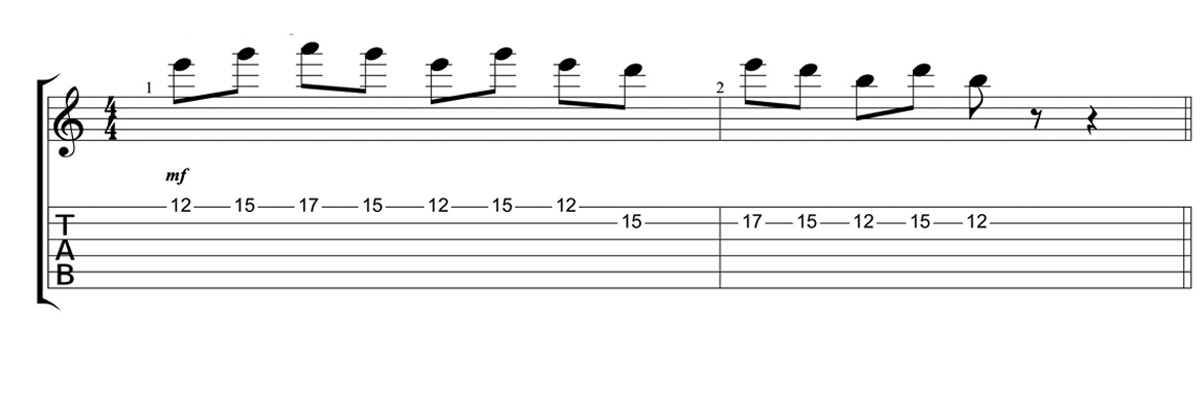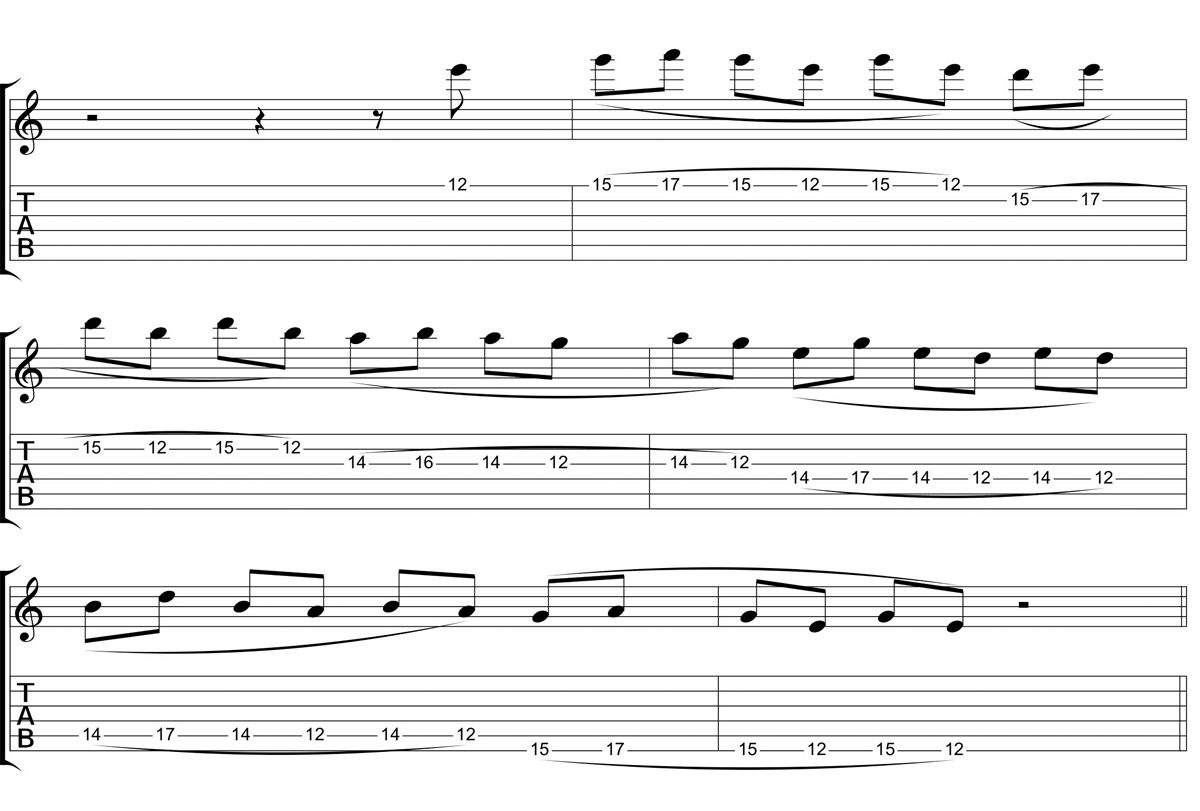Video lesson: The magic of the pentatonic double note shape
Adding 'three-notes-per-string' double note patterns can add speed and efficiency to your solos
The '2-note-per-string shape' (2nps) pentatonic shape is a perfect phrasing tool. It allows us to get the most out of every note when we are playing slower lines.
––––––––––––––––––––––––––––––––
This exclusive MusicRadar video lesson is brought to you in association with our friends at Guitarmastery.net. Check out their site for more lessons and courses. ––––––––––––––––––––––––––––––––
But when it comes to producing those high-energy, faster lines, it has its limitations. The challenge is that we only have two notes on each string which, compared to a 3 note-per-string (3nps) layout, is simply slower.
The fewer notes you have on each string, the more often you have to shift to another string when you play faster runs – and string shifting is much more challenging than playing multiple notes on one string.
So what's the solution? Well, in the previous lesson we talked about how to apply 3nps blues scale shapes in an easy an manageable way and how to apply the 3-1-3 shapes without it posing a huge challenge.
In this lesson we're going to discover how to use 3nps double note shapes.
Want all the hottest music and gear news, reviews, deals, features and more, direct to your inbox? Sign up here.
Sounds complicated? It isn't. You could really see it as playing in two positions at once like this:

You can look at this chart as the 1st and 2nd position of the 2nps minor pentatonic shapes put together, which is the easiest way of looking at it.
If you play these two shapes as if they where one, with 3nps patterns all the way up, you'll notice that you get the same note played twice every time you move from string to string.
But if you design sequences that never transisition from one string to another using similar notes, then you suddenly realise that you can use this scale layout to create super-fast runs much easier than if you were using a 2nps layout.
There is one caveat: You have to reach a point where playing this scale layout is as comfortable and easy as playing two notes per string.
This is simply a matter of practice. Once you are over the initial resistance from your comfort zone, a whole new world of exciting and very fast lines and sequences opens up.
Here are a couple of really cool sequences that you can start with, but please remember that the possibilities are endless:
Example 1

Example 2

Example 3

It's a really good idea to practice each sequence as a tiny loop instead of playing it across all six strings at once. Focus on the loop because that's where you can get in the most repetitions the fastest. Use a metronome to keep your timing.
Stay tuned for the next lesson where we are going to look at my number one all time favourite 2nps pentatonic sequence.
MusicRadar is the number one website for music-makers of all kinds, be they guitarists, drummers, keyboard players, DJs or producers...
- GEAR: We help musicians find the best gear with top-ranking gear round-ups and high-quality, authoritative reviews by a wide team of highly experienced experts.
- TIPS: We also provide tuition, from bite-sized tips to advanced work-outs and guidance from recognised musicians and stars.
- STARS: We talk to musicians and stars about their creative processes, and the nuts and bolts of their gear and technique. We give fans an insight into the craft of music-making that no other music website can.
